If you visit news websites in Arizona, you will see different features about dust storms in the Phoenix, Arizona area. These websites about dust storms warn you what to do before, during, and after this underrated natural hazard happens.
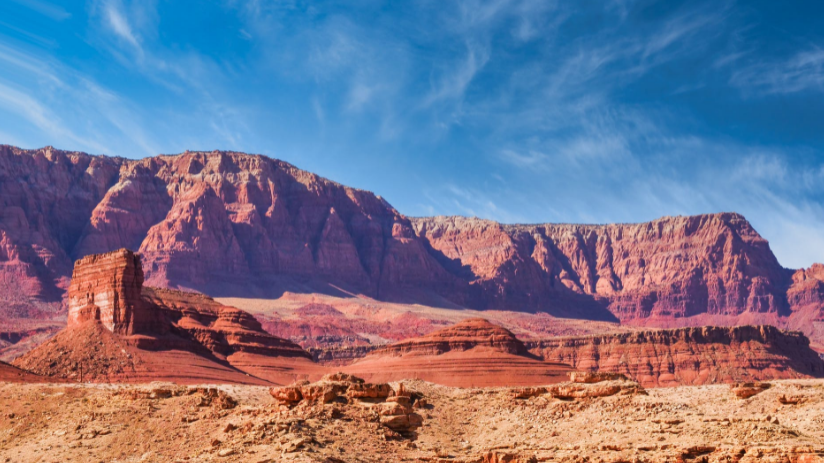
They advise you to prepare yourself and your family, pull aside if you are on the road during a dust storm, and always be watchful of traffic updates in your area. You don’t want to be caught in the middle of haboobs. We have listed down reminders on what you can do in this situation.
What are dust storms in Phoenix called?
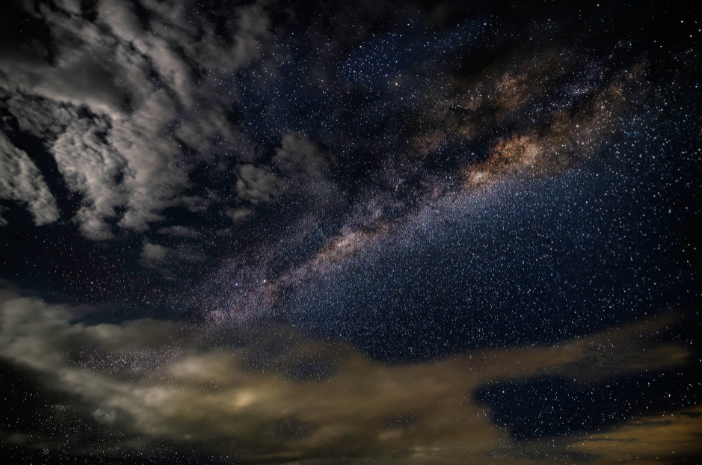
If you’re new in the state of Arizona, you may see this event as dreadful and dramatic. They call this dust storm attacks haboob – an Arabic term that means blown. It looks like enormous waves of water; only it is a giant wall of dust. Haboobs happen because of the high and strong winds as a byproduct of a thunderstorm caving in.
The cold front moves down at an unbelievable rate, pulling an unwieldy amount of dust and sand into the air. As the dust intensifies, this can, unfortunately, blocking your visibility of the sun. This wall of dust can go as high as 1,500 to 3,000 feet and range from around 100-mile wide. That’s as huge as the area between Phoenix and Tucson.
How often does Phoenix have dust storms?
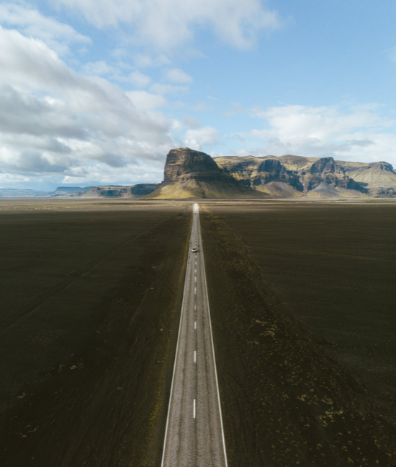
You can witness a maximum of three dust storms in the Phoenix in a year. An episode can last for a few minutes, and sometimes, it lasts an hour. You can handle these windstorms as long you are equipped with the right knowledge to endure dust storms.
You Need to Be Informed About Dust Storms
Before The Storm
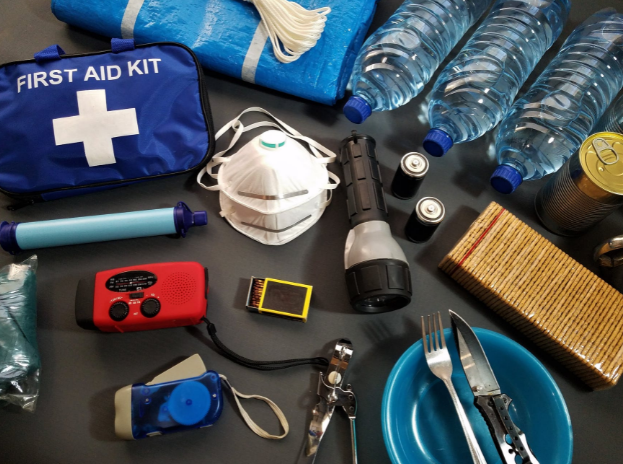
https://www.pexels.com/photo/first-aid-and-surival-kits-5125690/
Thunderstorms alone can affect visibility. Imagine that you encounter a dust storm. Being in the middle of a dust storm can give you zero vision in seconds which could mean danger.
If the weather is so bad and you’re on the road, there can be the danger of vehicular accidents. That is why it’s so crucial that you know a lot of information about dust storms.
Dust storms occur in the initial part of a monsoon, and the prone are the rural areas. Knowing this serves as a storm warning, too, so be cautious when you’re driving in these areas when there are thunderstorms.
These terms usually serve as warnings to a possible dust storm:
Dust Storm Watch is responsible for alerting you when and the place the dust storm may occur. This way, you can be prepared, and you can listen to radio or television broadcasts.
Dust Storm Warning is announced when the dust storm is nearing half a mile and has around 30 miles per hour or more wind speed.
They happen more frequently in July and August, take note, expecting it to arrive between 4:00 p.m. and 6:00 in the evening. Drivers should be cautious of developing weather and, if possible, drive slower. Those of you who are not on the road are advised to stay at home.
It would help if you were well-coordinated with a plan during the storm. Establish a place or a game plan if you are not together during the disaster, and you all need to meet after. Prepare kits for each family member so you can last for at least three days staying at home without water and electricity).
During The Storm
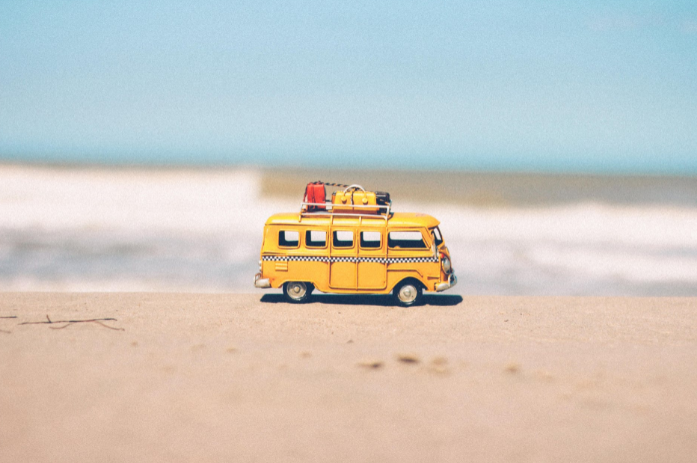
https://www.pexels.com/photo/yellow-van-die-cast-386025/
In case you’re in the middle of the road and the dust storm struck, you need to pull the lights off and pull off the road as soon as you can. Park your car and turn all possible conduits of light off.
Turn off your lights as you want to prevent other motorists from following your lead through the dust storm. They may follow taillights in an attempt to get through the dust storm and may hit your car from behind.

https://www.pexels.com/photo/person-holding-steering-wheel-of-car-5835335/
Remain in your car wearing your seatbelt and WAIT. Just wait for the dust storm to end. Because it will end in a few minutes, or you may stay inside your vehicle for an hour until it passes.
Avoid braving your way through the dust storm. Check for cars around you and slowly pull over.
Do not wait until you don’t see anything before you park your vehicle.
Always look for a safe place when pulling off the concrete side of the road. Don’t park in a place where there is the danger of falling debris due to dust storms.
After The Storm
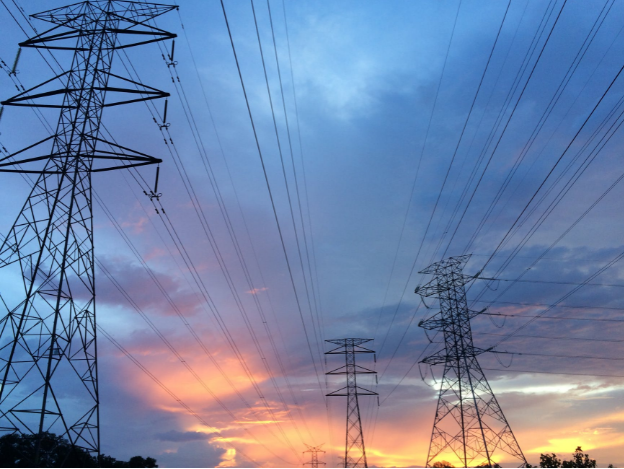
https://www.pexels.com/photo/transmission-tower-under-gray-sky-189524/
Do not lose your presence of mind while in the car. Stay alert and be patient in waiting for this to end.
Check traffic or updates on your phone, and if you see that the dust storm has passed, you may slowly return to the road.
Expect light outages and damaged electricity posts as you go back driving. Suppose you can repost broken lines, safely coordinate or report this to the authorities.
Wait for further directions from the National Weather Service about possible roadway conditions you need to avoid as these may be perilous.
Conclusion
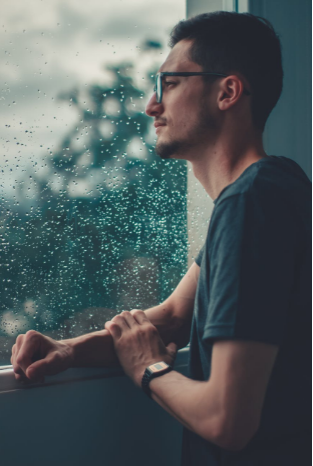
https://www.pexels.com/photo/man-leaning-on-glass-window-watching-the-rain-3714524/
Sandstorms or haboobs in Phoenix, Arizona, are unavoidable, but you can control how you handle the wind blowing loose dust and dirt.
Close Your Windows and Doors
While you secure your family and your three-day food and water supplies, do not forget to close your windows and doors so no strong wind will enter your house.
Once strong winds enter and clouds of dust enter your home, it could damage and leave you with a mess. And it will be more difficult to breathe once dust penetrates where you are hiding and protecting your family.
You can maximize using your air conditioner or AC when there is a dust storm since it could get hot. Just ensure that you have adequately sealed all windows, and no wind can enter the gaps.
Closing your windows and doors will help you clean faster eventually since there will be less dust residue and lower chances of getting sick from all the dirt. This is because you checked all your bedroom windows and across your kitchen windows. Call us and let us help you clean up!
 GET UPDATES
No charge. Unsubscribe anytime.
GET UPDATES
No charge. Unsubscribe anytime.
 GET UPDATES
No charge. Unsubscribe anytime.
GET UPDATES
No charge. Unsubscribe anytime.
